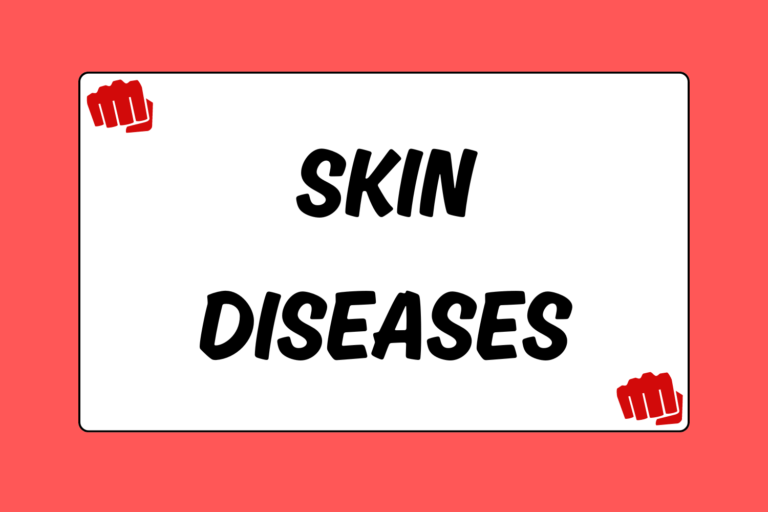Cauliflower ear — the telltale sign of a grappler. Cauliflower ear is the term used to describe a specific kind of deformation that is caused by a trauma to the ear, typically constant friction or a direct blow. Fighters are extremely susceptible to cauliflower ear, being that much of the sport involves striking, as well as actively using the head in various grappling positions and techniques. Keep reading to learn what you need to know about dealing with cauliflower ear.
Prevention: Wear Your Headgear!
If you take an active approach to prevention, cauliflower ear won’t be an issue. Essentially, there are two main causes that result in cauliflower ear:
- Constant irritation to the ear, such as fighting for head position when grappling with an opponent.
- A hard, direct blow to the ear, such as being kicked or punched.
Either way, there is one very effective and simple way to prevent this injury from occurring: Wear your headgear.
The easiest way to prevent unnecessary trauma to your ears is to wear your headgear when sparring. Generally speaking, the best type of headgear for grappling is wrestling headgear, which typically has ear-cups composed of some type of hard shell, typically plastic. Furthermore, there are special kinds of padded headgear, such as boxing headgear, that should be used when doing standup sparring.
With headgear, you get what you pay for. Don’t be afraid to spend a few extra dollars if you want to save yourself from hassling with cauliflower ear in the future.
It may seem like a “no-brainer,” but don’t forget to adjust the straps on your headgear so it fits snug to your head. It can actually be more harmful for you to wear loose headgear than to wear none at all. If the headgear is loose, the ear-cups will be sliding and rubbing across your ears, causing constant irritation and pain. Ask a teammate or coach to properly fix the equipment to your head.
Check out our guides titled How to Choose Grappling Headgear for MMA and Essential Boxing Equipment for more information on your options when buying grappling and striking headgear.
Hot Tip: Extra Padding
If your ear is constantly rubbing against your ear-cup, it may help to add some kind of pad or insert to act as a cushion. Many types of headgear are already lined with some type of padding; however, sometimes a few additional small cotton pads can help. If your headgear is secured tightly, yet your ears continue to be irritated, ask your coach or athletic trainer if there is any extra padding you can use to prevent the irritation. Note: Extra padding may have a negative effect on your hearing ability.
Treatment: Catch It Early
Again, if you take an active approach to preventing and treating cauliflower ear, you shouldn’t have any issues. Needless to say, early treatment of cauliflower ear is essential in preventing a more serious issue.
As mentioned before, cauliflower ear is caused by a trauma to the ear that results in damage to the cartilage or a separation of the skin from the cartilage. These kinds of damages cause blood clots to form. As a result, the ear will swell and become deformed. If left untreated, a clot can eventually shrivel up and harden the outer ear. Having cauliflower ear also puts you at risk of infection.
For minor cases of cauliflower ear, you may be able to reduce the inflammation by applying ice and compression for a few days following the injury. Alternating between 15 minutes of ice and 15 minutes without ice until the swelling goes down, or until the ear is less tender, is recommended. Also, wearing some type of head covering, such as a headband, may be a comfortable way to apply compression. This may also help make your ear less tender.
If you see your ears becoming cauliflowered, the best way to prevent it from becoming permanent is to have a doctor drain the fluid from your ear within 48 hours of the injury. This is typically a minor, in-office procedure that will result in stitches. There are also other procedures that deal with the reconstruction of the cartilage; however, these are for more serious cases. Since infection is possible, you may be prescribed some type of antibiotics. It’s important to follow the doctor’s orders — even if you don’t think you are susceptible to becoming infected.
Don’t try to drain cauliflower ear yourself! This could cause further health risks, and make you more susceptible to infection. If you need your ear(s) drained, see a professional!
Fun Fact:
Many fighters “wear” their cauliflower ear(s) with honor and pride. It may seem strange to outsiders, but in combat sports culture, cauliflower ear is thought to be a physical manifestation of hard work and resiliency.
Do What You Can
If you do what you can in order to keep it from forming, cauliflower ear won’t cause you any trouble. Make sure to wear the proper equipment and be aware of any damage to your ears, and you will be fine. Also, if you’re one of those prideful fighters who refuse to strap on headgear, please take the health risks detailed in this guide seriously. Stay healthy and good luck!





